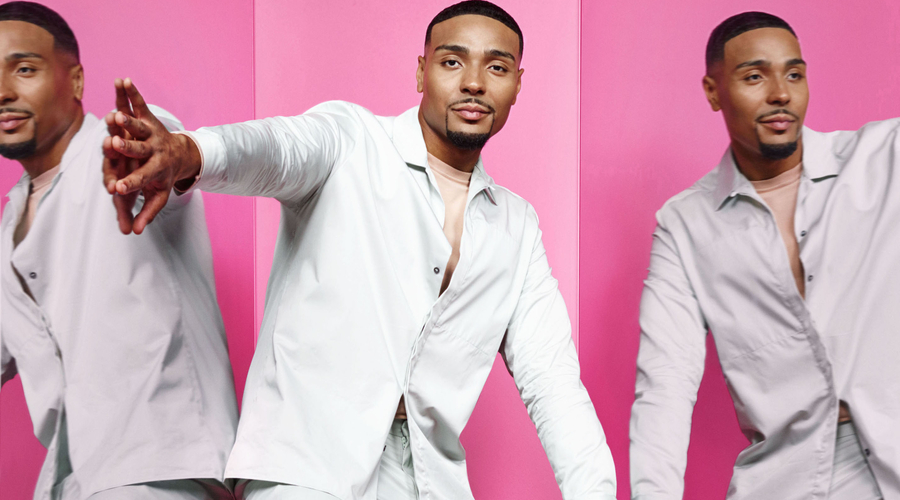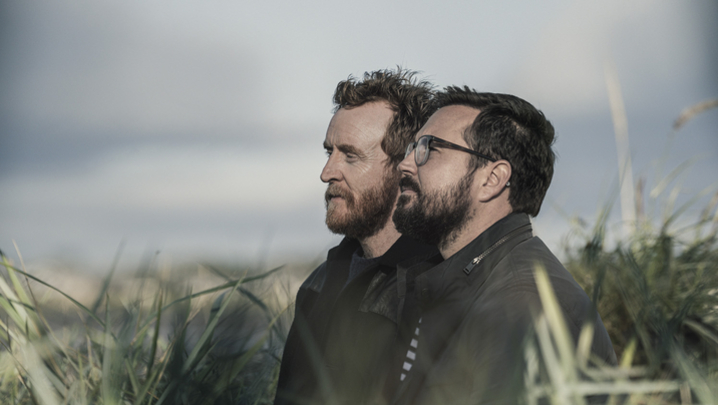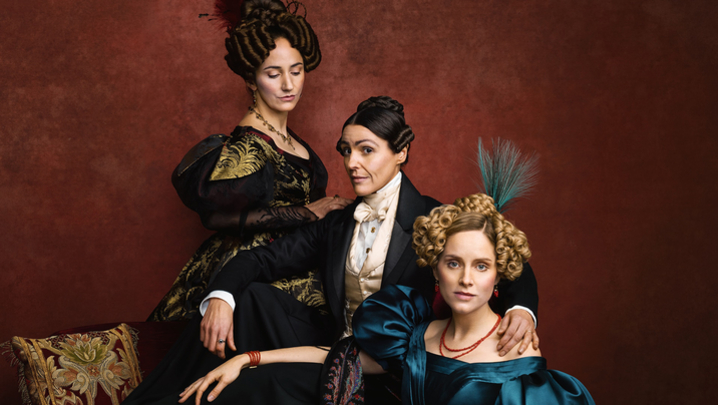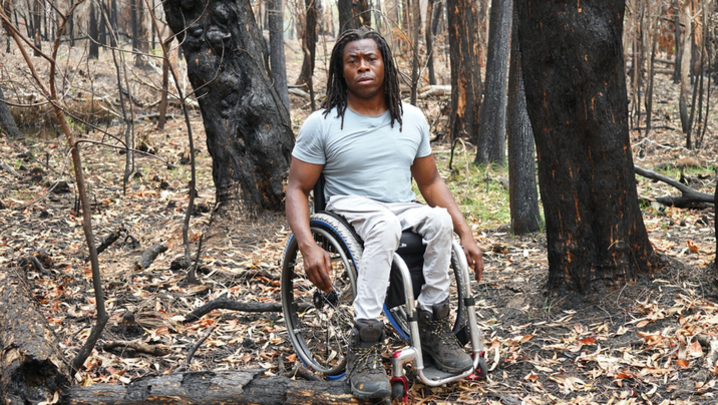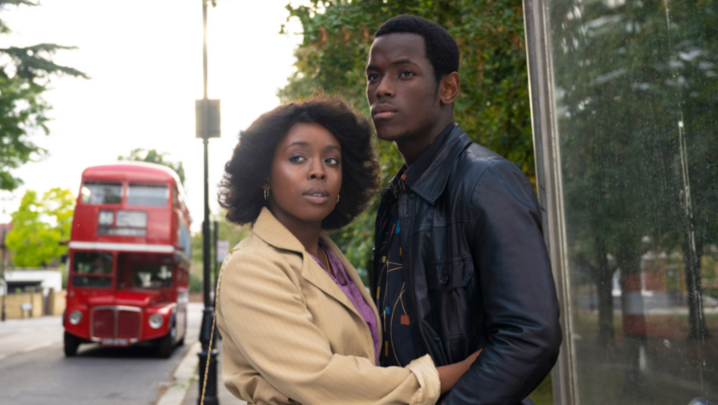Can BBC One’s new show The Greatest Dancer sparkle like Strictly? Pippa Shawley takes to the floor
When the BBC spiced up one of TV’s oldest formats to create Strictly Come Dancing, few thought it would create the holy grail of TV – a genuine pop-culture phenomenon that glued all ages to the box.
That was almost 15 years ago. Come Dancing, the show that inspired Strictly, first appeared in 1950, surviving in all its flouncy glory until 1998. It remains to be seen if even Strictly can last that long.
Remarkably, despite the departure of key dance master and catchphrase king Bruce Forsyth, who hung up his shiny shoes in 2014, Strictly chalked up its most successful season ever last year.
“In a way, it’s owned by the public,” says Kate Phillips, the BBC’s entertainment controller. Viewers have become armchair experts in the paso doble and Viennese waltz. The Strictly team work hard to cast celebrities who will appeal to all ages.
Despite the annual grumbles about some members of the cast being more obscure than others, by the end of the competition the show has made household names of its contestants.
“We cast a mixed bag,” Phillips explains. “We want to cast [some] people who are complete novices, some who have a bit of dance knowledge and some who will surprise us.”
The show has hit a winning formula with its mix of fabulous costumes, fiery judges and outstanding professional dancers. It’s not something that’s messed with. “People just love what they know,” Phillips believes. Instead of playing around with the format, each year the show pushes for bigger, more impressive dances that continue to thrill and inspire the nation.
Now Phillips is launching what she hopes will become another entertainment behemoth. Inspired by the music video for Justin Timberlake’s Can’t Stop the Feeling, which showed amateur dancers busting their moves in car parks, diners and supermarket aisles, Phillips wanted a show that featured “real people”.
The result is The Greatest Dancer, an eight-part talent show in which amateur dancers of all ages show off their passion for dance, from ballet to Bollywood.
Singer and former X Factor judge Cheryl (no surname these days), Glee star Matthew Morrison and Strictly professional Oti Mabuse serve as “dance captains”. They will mentor
the contestants.
The series is produced by Syco Entertainment, Simon Cowell’s production company, best known for ITV hits Britain’s Got Talent and The X Factor. It is the first show the BBC has ordered from the company.
“I didn’t realise it was such a big deal,” laughs Phillips, who put the idea for an amateur dance show out to tender.
“The pilot from Syco was just glorious and full of energy,” she recalls. She hasn’t met Cowell, but Syco’s track record of delivering Saturday-night ratings winners for ITV for the past 14 years won’t have hurt.
Consisting of four pre-recorded episodes, followed by a further four live shows, The Greatest Dancer won’t compete with Strictly, but will nod to its older sister, with the winner receiving £50,000 in cash and a slot performing on the next series of Strictly.
“Obviously, everyone wants the cash, but [performing on Strictly] is a really big deal for them,” says Phillips.
“A lot of the younger performers, the 16- and 17-year-olds, have watched Strictly almost their entire lives, and grown up with it.”
The New Year will be a good time for shareholders in sequin-manufacturers. ITV’s winter extravaganza Dancing on Ice returns with its own celebrity line-up, including Towie star Gemma Collins and actor Richard Blackwood.
"The whole of the TV industry is looking for the next big entertainment show, and there’s room for more than one"
The show’s creative director, Katie Rawcliffe, isn’t worried about the new competition. “The whole of the TV industry is looking for the next big entertainment show, and there’s room for more than one,” she insists. Dancing on Ice returned in 2018 after a four-year hiatus. It was felt that the show had come to the end of the road, and coaches Jayne Torvill and Christopher Dean wanted a break.
“People genuinely missed it,” says Rawcliffe. “We did a lot of research [and] they missed that sort of glitz and glam in cold January on a Sunday night.” That nothing else had performed as well in that slot helped, too. An average audience of 7.8 million tuned in for the rebooted series.
Like Strictly, the audience switches on to see skidding celebrities transform into majestic figure skaters – but the jeopardy of being on the ice also helps. Notable accidents include Jennifer Ellison drawing blood when she hit herself on the head with her skate blade, and professional skater Mark Hanretty dislocating his shoulder live on air.
“We found quite quickly that people loved to watch the celebrities pull off the dances and the routines and learn their skills,” shares Rawcliffe, “but equally, if there was a slip, a slide, a fall, a trip, they loved that as well.”
For modern audiences, being able to tweet about those trips and falls (or impressive scorpion kicks) is part of the fun. When the return of Dancing on Ice was mooted, the team debated whether it could be pre-recorded.
“We’ve always felt that, with this show and shows that are similar, it’s event telly.… You need to be there, watching it as it plays out,” reckons Rawcliffe. “When someone does slip or trip, it makes it much more of a ‘moment.’.”
Phillips agrees: “Amazon and Netflix are coming, and they’re strong competition… but I think that’s where the linear channels endure – we have those live appointments on TV.
“Even with Love Island on a digital platform, people were coming to watch it live every night, because they want to be part of the conversation at that moment, and the next morning in school and in the office.”
With this in mind, former Love Island winner Kem Cetinay has been recruited as the new social reporter for Dancing on Ice, producing content for social-media platforms. As a previous Dancing on Ice competitor, Cetinay knows what it takes to participate in the competition, but he is also popular among younger viewers.
The 2019 series will feature more themed nights, following the success of last year’s fairytale episode, which appealed to both the show’s younger viewers and its nostalgic older audience.
"Dance is a very useful way of looking at us at that moment, at our culture, at our history"
The accessibility of dance is the key to the success of shiny floor shows such as Strictly and Dancing on Ice, but for Emma Cahusac, the dance commissioner for BBC Arts, dance also plays an important role in tapping into the zeitgeist: “Dance is a very useful way of looking at us at that moment, at our culture, at our history.”
She is keen to work with dance companies that are not only innovative in their performances, but also mark a “moment”. BBC Four’s 2018 Dance Season included Choreographing History, which looked at the artistic process behind Shobana Jeyasingh’s Contagion, inspired by the 1918 flu epidemic. Prejudice and Passion, also part of the season, followed choreographer Carlos Pons Guerra as he prepared a children’s production that told the true story of a baby penguin raised by two male penguins.
Cahusac is currently working on a show that uses the prism of dance to explore the social history of the 1970s and 1980s.
Watching beautifully produced, well-rehearsed routines provides some much-needed escapism, too, believes Kate Phillips. Last year, Strictly received its highest ratings ever. “I’m not going to get political, but there is a sense that formats often reflect the climate, and I think we’re in unstable times at the moment.… People just love what they know, and they will keep coming to it as long as it’s still at the top of its game.”
Launching a new prime-time entertainment show is no mean feat, but Phillips hopes that the dance-loving public will warm to the amateur competitors on The Greatest Dancer in the same way they have to Britain’s Got Talent contestants and Strictly’s superstars – and that the new format will provide another dollop of glamorous escapism for viewers.
The Greatest Dancer launches on BBC One on Saturday 5 January at 8pm. Dancing on Ice returns on Sunday 6 January at 6pm.

